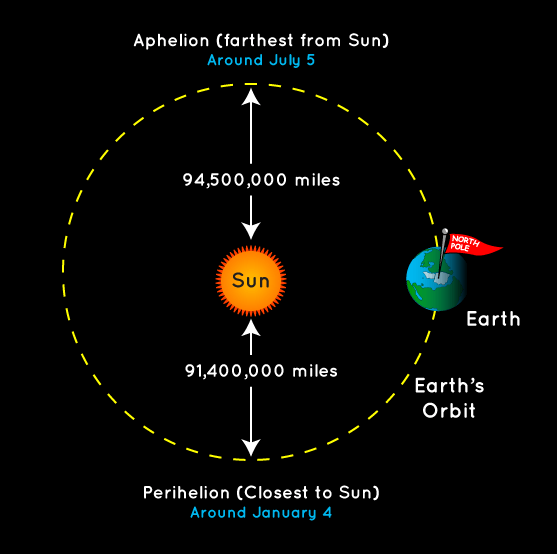On Wednesday, June 21, summer arrives in the Northern Hemisphere. Celebrate the longest day of the year and use the summer solstice as a spark for STEM learning with a fun printable puzzle and science explainer resources. | | Click here to find even more NASA STEM activities and resources. | | Have you signed up for the NASA Aeronautics Flight Log Experience? This month, your name can ride along on a high-flying adventure as NASA’s PC-12 aircraft conducts test flights at NASA’s Glenn Research Center in Ohio. Print your personalized boarding passes, enter flights into your virtual flight log, earn endorsement stamps and mission patches, and access STEM activities, videos, and more. | | Online Learning Opportunities | | Audience: K-12 educators Event Date: Tuesday, June 20, at 7 p.m. EDT Launched in October 2021, NASA’s Lucy Mission is the first mission to Jupiter’s Trojan asteroids. The spacecraft will fly by a record-breaking number of asteroids during its 12-year mission. Join us for an overview of the science behind the mission and a deep dive into the education materials and opportunities it has to offer your classroom. Learn how to create a solar system pocket scroll based on the ratios of our solar system and how to use it to springboard into applications of fractions, conversions, and scale. Explore hands-on, standards-aligned NASA STEM activities and gain access to a classroom-ready slideshow for in-person, at home, or virtual learning. | | Audience: STEM educators Guided Audio Tour Date: Wednesday, June 28, at 2 p.m. EDT This fall will be filled with mission milestones related to asteroids, including the OSIRIS-REx asteroid sample return in September. Explore ways to engage your students in all things asteroids with a guided tour of the “Eyes on Asteroids” application. Learn how you can track near-Earth objects in real-time 3D. Take a deep dive into asteroid-related missions, learn about close approaches, and more. As you wait for the guided audio tour event, check out the livestream to see the next five closest approaches to Earth. Don’t worry, none of these objects pose a significant risk of hitting Earth. | | Audience: Undergraduate students Application Deadline: Friday, June 23 NASA's Psyche mission invites full-time, enrolled undergraduate students majoring in any subject at universities and community colleges in the U.S. and its territories to apply to become part of this year’s cohort of Psyche Inspired interns. Psyche Inspired brings undergraduate students together to share the excitement, innovation, and scientific and engineering content of NASA’s Psyche mission with the public through artistic and creative works. | | Audience: Historically Black Colleges and Universities (HBCUs)/Minority Serving Institutions (MSIs) On March 29, a virtual session was held to raise awareness of NASA grant policies, programs, and processes. Aimed at members of underserved communities that have not received NASA grants or cooperative agreement awards in the past, the session provided a comprehensive overview of grant and cooperative agreement regulations and systems. NASA representatives shared best practices and considerations in applying for grant and cooperative agreement funding, discussed programs relevant to the MSI community, and answered questions about how to apply for NASA grants.
| | Audience: Science enthusiasts of all ages The new Redshift Wrangler citizen science project lets you help astronomers peer across billions of light years using redshifts to learn how galaxies form. In this project, you will identify spectral features (emission and absorption lines) in a set of spectra – plots that show how much power has arrived as a function of the light’s wavelength – of distant galaxies. This will help scientists discover important characteristics of galaxies, including how they form, grow, and interact. Each measurement you make will help us locate the galaxies on the timeline of cosmic history. | | Opportunities With Our Partners | | Application Deadline: Wednesday, June 21 | | Date: Thursday, June 29, at 8 p.m. EDT | | Registration Open Now for Sept. 20 Event in Washington D.C. | |
Are you looking for NASA STEM materials to support your curriculum?
Find NASA science resources for your classroom. NASA Wavelength is a digital collection of Earth and space science resources for educators of all levels — from elementary to college, to out-of-school programs. https://science.nasa.gov/learners/wavelength
Check out the ‘Explore NASA Science’ website! Science starts with questions, leading to discoveries. Visit science.nasa.gov. To view the site in Spanish, visit ciencia.nasa.gov. | | Visit NASA STEM Engagement on the Web: | | | | | | |

















